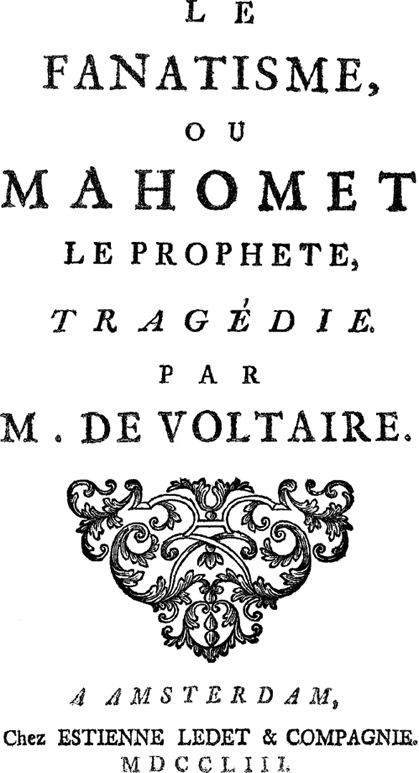And have not we affections,Desires for sport, and frailty, as men have?Then let them use us well, else let them know,The ills we do, their ills instruct us so
Firstly, sort of an allusion to Adam and Eve, since Eve is built of Adam, so what Adam has is inherited or learnt by Eve. Secondly, she is one of the first characters to accept their vices, and therefore be immune or unbelieving to the devil (Iago's whispers). She sees him not as a honest man.

 The Ass in the Lion's Skin (Illustration by Arthur Rackham, 1912)
The Ass in the Lion's Skin (Illustration by Arthur Rackham, 1912) Adam and Eve, on the Sistine Chapel ceiling, by Michelangelo
Adam and Eve, on the Sistine Chapel ceiling, by Michelangelo
 Lincoln in 1858
Lincoln in 1858